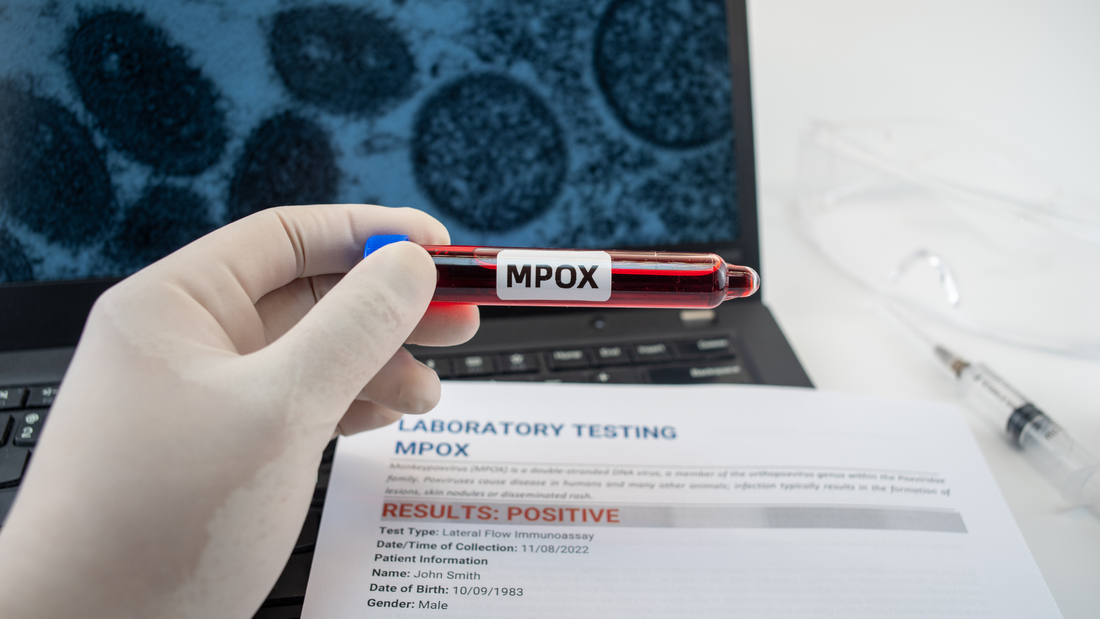
Introduction
In the light of recent health concerns, understanding the dynamics of infectious diseases like mpox is paramount. The World Health Organization (WHO) has clarified its stance on the transmission of mpox, emphasizing that respiratory droplets are a minor route. This blog post, tailored for the Wistech community, aims to delve deeply into what mpox is, how it spreads, and the most effective measures to prevent its transmission, echoing Wistech's commitment to enhancing public health and safety.
Understanding Mpox

Mpox, which was initially identified in the late 20th century, is caused by the mpox virus, a part of the Orthopoxvirus genus. The first human case was recorded in 1970, and since then, it has been reported in several regions globally, primarily in central and west African countries. Unlike its viral cousin, smallpox, mpox tends to be less severe, but it can still lead to significant health complications.
Symptoms and Diagnosis

- Initial Symptoms: These include fever, intense headache, muscle aches, back pain, low energy, and swollen lymph nodes.
- Progression: Within 1 to 3 days after the appearance of fever, the patient develops a rash, often beginning on the face and then spreading to other parts of the body.
- Diagnosis: It is generally diagnosed based on the distinctive rash and confirmed through laboratory tests of skin samples, blood, or other body fluids.
Transmission Dynamics
The WHO’s recent announcement has brought some clarity to the transmission mechanisms of mpox. While it was previously thought that respiratory droplets could be a significant route, current research indicates this is a minor concern. Here's a breakdown of the primary transmission routes:
- Direct Contact: Physical contact with the sores or fluids from an infected individual is the most common transmission method.
- Indirect Contact: Touching items like clothing or linens that have been contaminated with the virus can also lead to transmission.
- Droplet Transmission: Although possible, this route is less common and usually requires prolonged face-to-face contact.
Preventive Measures

Given the transmission dynamics, specific preventive strategies can be employed to mitigate the spread of mpox:
- Personal Hygiene: Regular hand washing and the use of sanitizers, especially after contact with infected individuals or contaminated materials.
- Use of PPE: In high-risk scenarios, such as healthcare settings or caring for an infected person at home, proper personal protective equipment is essential.
- Environmental Cleaning: Regular disinfection of surfaces and proper disposal of contaminated materials can prevent the spread of the virus.
Wistech’s Role and Products
As a provider of health and safety products, Wistech plays a critical role in the fight against mpox. Our range of products is designed to meet the needs of both healthcare professionals and the general public:
- Protective Masks: Essential for those in close contact with infected individuals.
Community Engagement and Support

Wistech is actively involved in community engagement initiatives to support areas affected by mpox outbreaks:
- Partnerships with Health Organizations: Collaborating with local and international health bodies to distribute necessary supplies and information.
- Support to Healthcare Facilities: Providing PPE and sanitizers to hospitals and clinics dealing with mpox cases.
- Public Awareness Campaigns: Conducting awareness campaigns to educate people about the symptoms of mpox and encourage preventive practices.
Conclusion
The WHO's updated guidance on mpox transmission highlights the importance of being informed and prepared. At Wistech, we are dedicated to supporting public health initiatives and providing the community with the tools and information needed to stay safe. By understanding mpox and adhering to recommended practices, we can all contribute to controlling its spread.
For more detailed information on mpox and the latest public health guidelines, visit the WHO's official website or consult with healthcare professionals.
